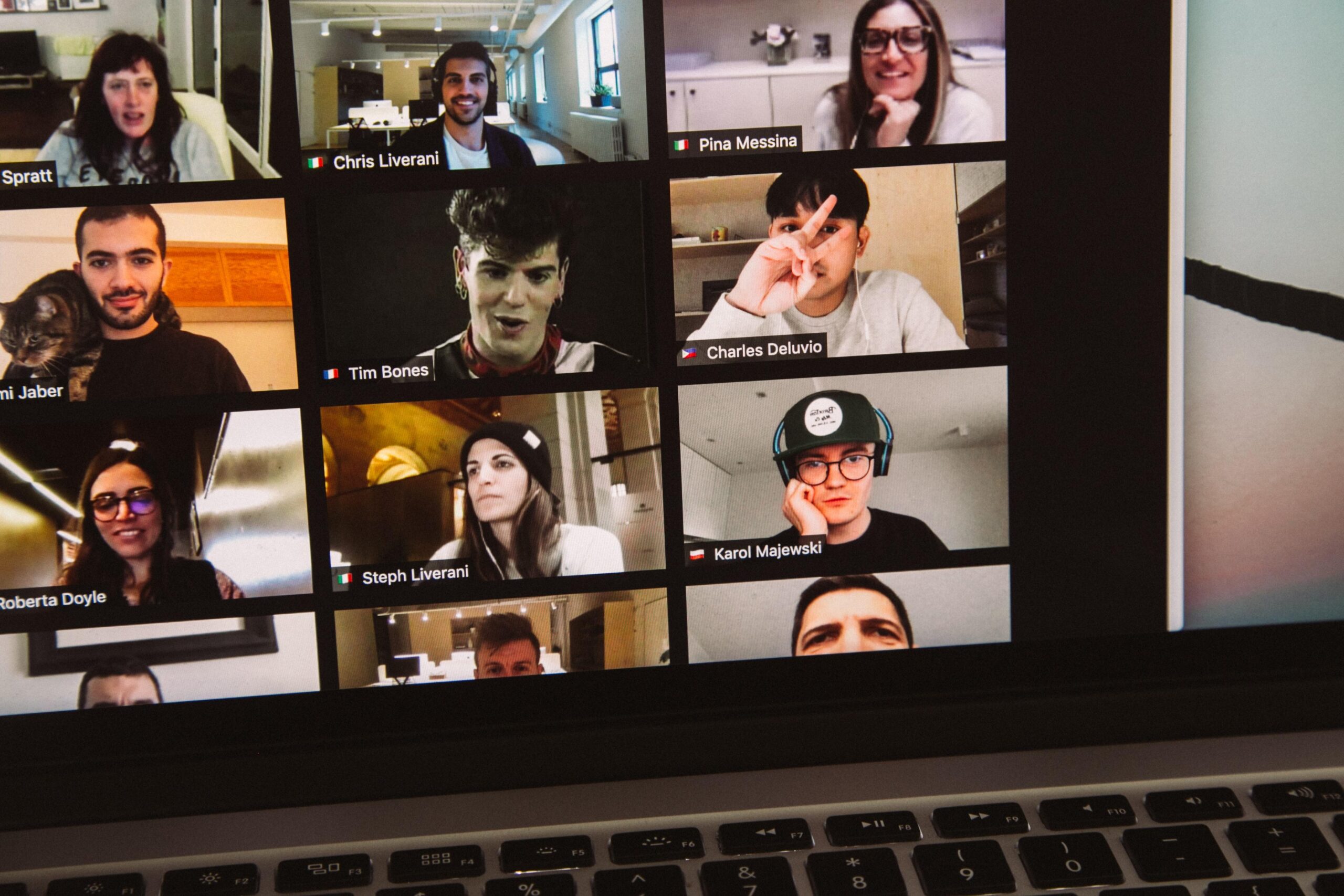Today, many businesses are choosing online exhibitions to connect with customers and clients. Many companies are relying on virtual meetings and events to weather the pandemic as they offer several advantages to both the brand and the audience. If you’re trying to decide whether to engage your target audience with an in-person event or virtual event, here are some of the benefits of an online exhibition that are too good to be ignored.
Cost-Efficient
Virtual events are less expensive to host than in-person events. Of course, each event, whether in-person or online, is unique. However, the cost of a trade show can run thousands of dollars simply to rent the facility. Other costs may involve speakers, food, insurance, materials, staffing, etc. A virtual event can reduce your price tag by thousands. Keep in mind that attendees can also save money on travel costs, which may entice more people to signup for the online event.
Larger Audience
A virtual event can accommodate many more people than a physical event. As fewer cost is involved, the online exhibition allows you to target the global market and generally bring in a larger group of qualified leads who are genuinely interested in what is being offered.
Longer Lifespan
The main incredible thing about online events is that they can be enjoyed for a longer period of time than face-to-face events. The potential customer can access & go through the event content at their own pace and can even bring in some important leads even though the event has ended.
Better Analytics
When you host an in-person event, it can be challenging to monitor your attendee’s behaviour. Online event analytics gives companies a more accurate picture of event performance & attendee’s responses. These data will help you build better events in the future and find ways to stand out from the crowd.
Online Exhibitions Here to Stay?
Once this pandemic situation gets back to normal, online exhibitions will likely be still around. Many businesses have realized the importance of virtual technologies and their valuable benefits.
But right now we cannot predict what the future holds. Online exhibition events are likely to stay and companies will plan the perfect balance between physical events and online benefits.
If you’re thinking about hosting an event online but are unsure where to start or what technology to rely on, Big Bold Thinkers can help. We offer flexible and scalable marketing and event solutions for all types of businesses and organizations. We can help you design an online event that’s strategically aligned with your business and digital marketing goals. Contact us today to learn more.




